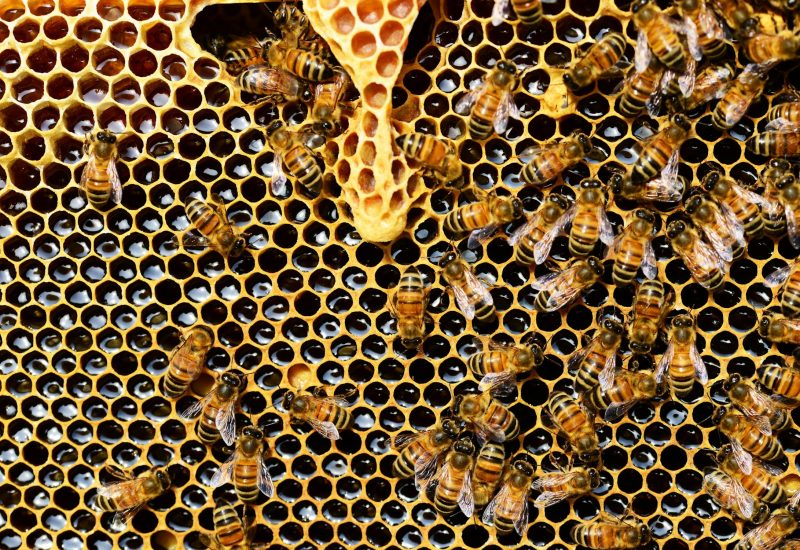Trees, grasses, underground fungi, mangroves, corals, fish, and marine mammals all have similar maximum body sizes.

Nature favors the smallest and largest organisms
We tend to be fascinated by the unusual so the largest and smallest creatures invariably draw our attention. Turns out that nature too shows a similar bias as the planet’s biomass is largely made up of organisms at both ends of the spectrum in size.
This is according to researchers from McGill University and the University of British Columbia in Canada who spent five years analyzing data about the size of every type of living organism on the planet from tiny bacteria to massive organisms like blue whales.
They found that a pattern favoring large and small organisms held across all types of species. This was more pronounced in land-based organisms than in marine environments, they say.
It also appears that maximum body size have the same upper limits across multiple species and environments, the scientists report in line with similar findings by other researchers.
“Trees, grasses, underground fungi, mangroves, corals, fish, and marine mammals all have similar maximum body sizes. This might suggest that there is a universal upper size limit due to ecological, evolutionary, or biophysical limitations,” says Eden Tekwa, a research associate with McGill University’s Department of Biology who was a lead author of the study.
“As for humans, we already know we comprise a relatively small biomass, but our size among all living things reveals our place in the global biome. We belong to the size range that comprises the highest biomass, which is a relatively large body size,” Tekwa adds.
The scientists say that cataloguing the most common body sizes in nature helps us better understand the natural world even as we continue to marvel at it.
“Life constantly amazes us, including the incredible range of sizes that it comes in. If the tiniest microbe was the size of the period at the end of this sentence, the largest living organism, a sequoia tree, would be the size of the Panama Canal,” observes Malin Pinsky, an associate professor at the Department of Ecology, Evolution, and Natural Resources at Rutgers University.
The insights from this and other studies can also aid us in predicting the impacts of climate change and human activity on the planet’s biomass, especially as much of that biomass is fast disappearing.
“For example, fish biomass is probably half of what it was before humans arrived, but it gets harder and harder to infer those patterns as we go farther back in time,” Tekwa says. “We need to think about how the distribution of body size biomass will change under environmental pressures.”
When it comes to survival, other scientists have noted, smaller, fast-breeding and more plentiful creatures such as mice and anchovies tend to have a marked benefit over slow-breeding giants like elephants and whales.
However, protecting all threatened and endangered species regardless of their size is the only way to ensure healthy biodiversity all over the planet.








